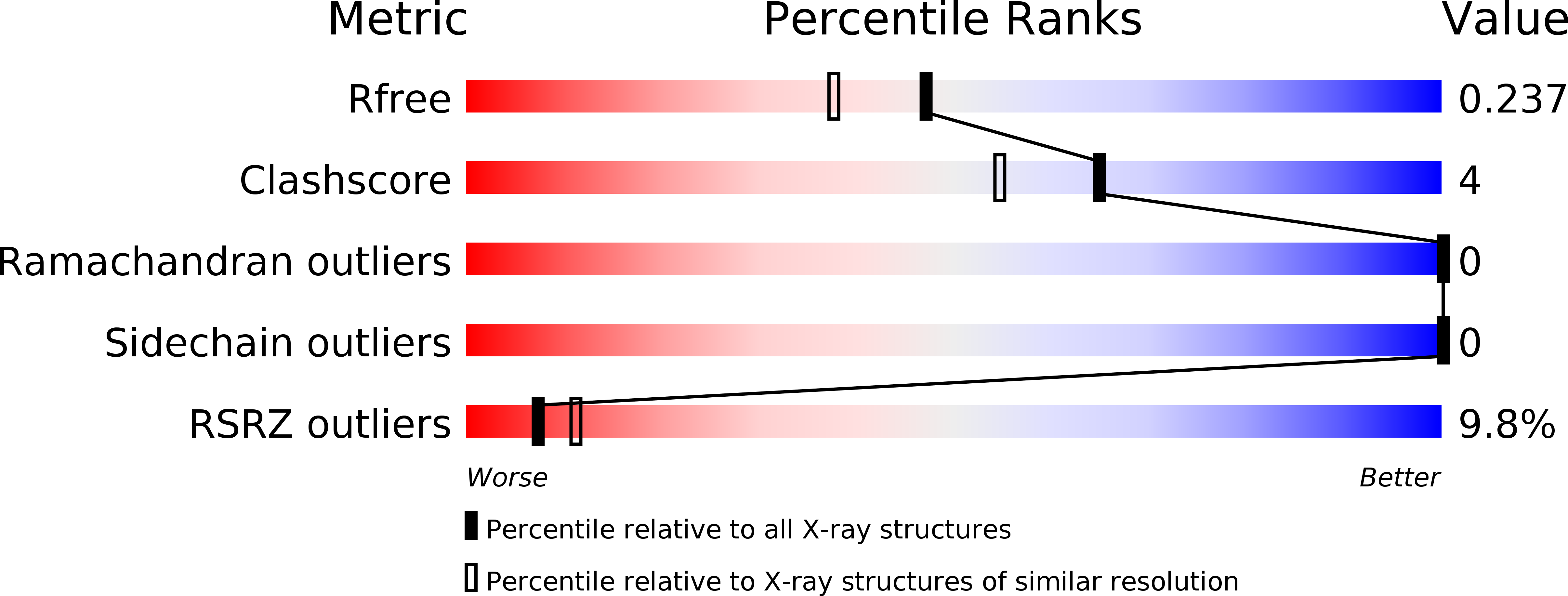
Deposition Date
2014-12-17
Release Date
2015-05-20
Last Version Date
2024-11-13
Entry Detail
PDB ID:
4XBL
Keywords:
Title:
Crystal Structure of Human Galectin-1 in Complex with Type 1 N-acetyllactosamine
Biological Source:
Source Organism:
Homo sapiens (Taxon ID: 9606)
Host Organism:
Method Details:
Experimental Method:
Resolution:
1.93 Å
R-Value Free:
0.23
R-Value Work:
0.19
R-Value Observed:
0.19
Space Group:
P 21 21 21


